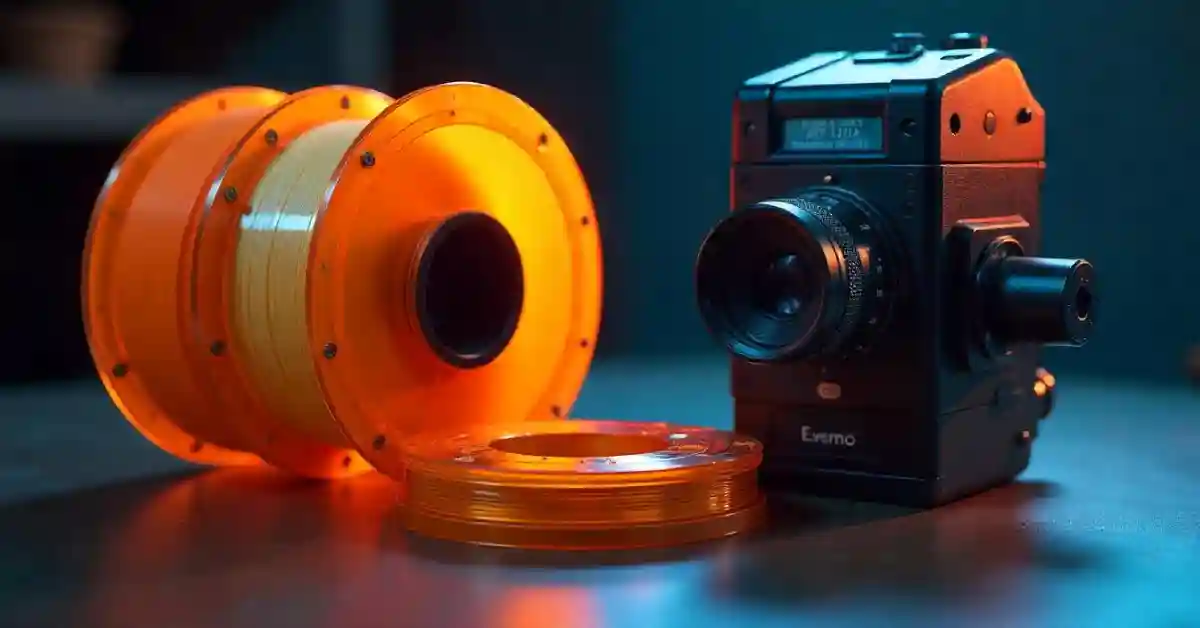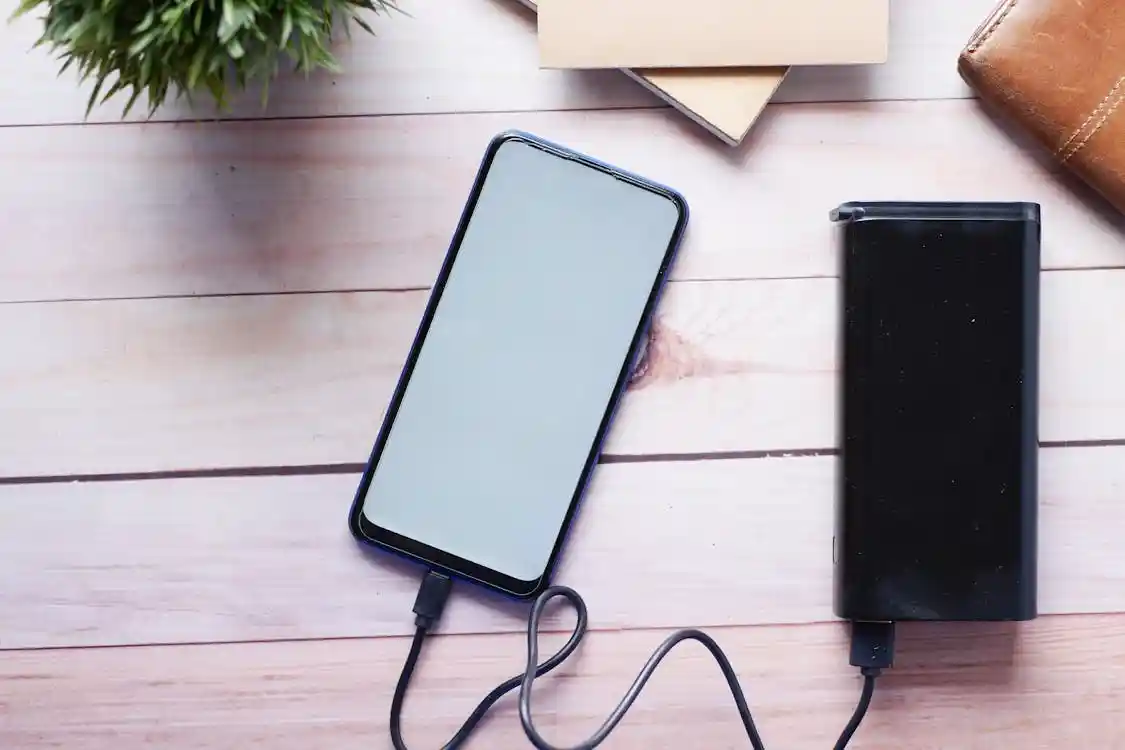When it comes to shooting with 35mm movie cameras, understanding the nuances of daylight spools and their compatibility with specific camera models like the Eyemo is essential for filmmakers. This guide aims to provide comprehensive information on daylight spools, their significance, and their relationship with Eyemo cameras.
Understanding Daylight Spools
Daylight spools are pivotal accessories for 35mm filming, allowing filmmakers to load and unload film quickly without exposing it to light. This feature makes them particularly advantageous for outdoor shooting where efficiency and protection are paramount. The design of these spools often incorporates a unique mechanism that ensures the film remains tightly wound, preventing any accidental exposure to ambient light that could ruin a take.

The primary role of daylight spools is to facilitate the use of film in a way that minimizes the risk of light leaks. When used correctly, they can significantly improve the workflow, enabling a seamless transition between shots and scenes. This is especially crucial in fast-paced shooting environments where time is of the essence, and every moment spent fumbling with film can lead to missed opportunities. The ability to quickly switch out spools without the need for a darkroom setup is a game-changer for many filmmakers.
The Importance of Daylight Spools in Filmmaking
In the world of film production, every second counts. Daylight spools play an integral role in saving time during film changes, allowing directors and cinematographers to stay focused on the creative aspects of their projects rather than the technical challenges. They are particularly valued in outdoor environments where lighting conditions can change rapidly, making efficient loading critical. For instance, a sudden cloud cover can alter the lighting dramatically, and being able to quickly change film without losing valuable shooting time is essential for capturing the perfect shot.
Moreover, the design of daylight spools enhances the ability to work in teams. Crew members can quickly swap out spools, enabling a continuous flow of filming. The result is a more productive shoot that reflects positively on the overall quality of the project. This collaborative aspect not only fosters a more dynamic shooting environment but also encourages creativity, as the crew can focus on experimenting with angles and shots rather than worrying about the technicalities of film handling.
The Basics of 35mm Film and Daylight Spools
35mm film is a standard gauge of film used widely in the film industry. It is notable for its ability to capture high-quality images with a unique depth of field. When paired with daylight spools, filmmakers can keep 35mm film safe from light exposure during handling. The combination of the film’s rich color palette and the spool’s protective features allows filmmakers to achieve stunning visual storytelling, making it a preferred choice for both independent and major studio productions.
Typically, daylight spools come in various configurations that suit different types of cameras. Understanding how these configurations work with 35mm film is vital for achieving desired results in cinematography. Some spools are designed for specific camera models, ensuring a snug fit that minimizes movement during filming. Additionally, filmmakers often experiment with different types of film stock, which can vary in sensitivity and grain structure, making it essential to choose the right spool for the job. This attention to detail not only enhances the technical quality of the film but also allows for greater artistic expression in the final product.
The Eyemo Camera: A Brief Overview
The Eyemo camera is regarded as a classic in the world of filmmaking. Designed by the Bell & Howell company, these cameras have been used since the early 20th century and have achieved a reputation for their durability and reliability on set.
Eyemo cameras have been utilized in different genres, from documentary filmmaking to feature films, showcasing their versatility. This section delves into the history, evolution, and features that make the Eyemo stand out.
The History and Evolution of Eyemo Cameras
Originally developed in the 1920s, Eyemo cameras were revolutionary due to their lightweight design and robust construction. This made them ideal for outdoor filming and location shoots where traditional cameras would have been too cumbersome.
Over the years, Eyemo cameras have undergone several transformations, incorporating advancements in technology while maintaining their core user-friendly features. This evolution has ensured that Eyemo remains a favorite among filmmakers, even in the digital age. The cameras have been embraced by notable directors and cinematographers, who have praised their ability to capture stunning visuals in challenging environments, from the bustling streets of urban settings to the serene landscapes of nature.
Key Features of Eyemo Cameras
Some of the key features that set Eyemo cameras apart include their precision engineering, impressive shutter speeds, and compatibility with various film formats. The ability to use different lenses allows filmmakers to achieve diverse visual styles, thereby broadening creative possibilities.
In addition, the compact design of these cameras means they can be operated with ease, making them suitable for documentaries and live events where portability is critical. Their reliability in various shooting conditions has solidified their standing in the industry. Filmmakers often praise the Eyemo’s ability to perform flawlessly under pressure, whether capturing high-speed action sequences or intimate, quiet moments. This adaptability has led to its use in iconic films and television shows, where the need for a dependable camera is paramount.
Moreover, the Eyemo’s mechanical simplicity is often highlighted as a significant advantage. With fewer electronic components, these cameras are less prone to malfunction, which is particularly beneficial in remote locations or during extended shooting periods. This mechanical reliability, combined with the camera’s ability to produce high-quality images, has made it a cherished tool for generations of filmmakers, ensuring that the Eyemo’s legacy continues to thrive in an ever-evolving industry.
Compatibility Between Daylight Spools and Eyemo Cameras
When selecting a daylight spool to use with an Eyemo camera, compatibility is key. Not all spools are created equal, and understanding the factors that affect compatibility will help ensure smooth operation and high-quality results.
This section will outline important factors that come into play when pairing daylight spools with Eyemo cameras and strategies for overcoming any potential issues.
Factors Affecting Compatibility
Several factors impact the compatibility between daylight spools and Eyemo cameras, including spool design, film stock type, and the specific model of the Eyemo camera. Each of these elements plays a critical role in determining whether the pairing will be successful.
Furthermore, the age of the camera and the condition of the spools can also lead to compatibility issues. Ensuring that both the camera and spools are maintained properly can minimize the chances of encountering difficulties during filming.
Overcoming Compatibility Issues
In cases where compatibility issues arise, the first step is to identify the source of the problem. This may involve checking the mechanical parts of the camera, examining the spool’s design, or even experimenting with different film types.
Additionally, consulting Eyemo specifications and guidelines can aid in selecting the right spools. Online forums and community groups also serve as excellent resources for troubleshooting and receiving advice from experienced Eyemo users.
Choosing the Right Daylight Spool for Your Eyemo Camera
Selecting the correct daylight spool for an Eyemo camera involves careful consideration of various factors that can affect performance. The right choice not only enhances filming efficiency but also contributes to achieving the desired aesthetic results in capturing visuals.

Throughout this section, several key considerations will be highlighted to help filmmakers make informed decisions when selecting their spools.
Considerations When Selecting Daylight Spools
- Spool Size: Ensure the spool size is compatible with the Eyemo camera model.
- Material Composition: Opt for spools made from durable materials that can withstand outdoor filming conditions.
- Film Type: Use spools designed for 35mm film to maintain image quality and integrity.
Taking these considerations into account can significantly improve the performance of the Eyemo camera and the overall quality of the film produced.
Tips for Ensuring Optimal Compatibility
To ensure optimal compatibility between daylight spools and Eyemo cameras, there are a few practical tips filmmakers should follow:
- Perform regular maintenance on both the camera and spools.
- Test different spools with the camera before a critical shoot to check for any issues.
- Stay informed on best practices and updates regarding daylight spool technology.
By incorporating these tips into your workflow, you can enhance your experience with Eyemo cameras and daylight spools, ultimately leading to better overall results in your film projects.
Troubleshooting Common Issues
Despite best efforts, filmmakers may encounter problems when using daylight spools with Eyemo cameras. Thankfully, most issues can be traced back to specific factors and resolved with proper troubleshooting.

This section will cover common challenges and effective solutions to help maintain your filmmaking momentum.
Identifying and Resolving Compatibility Problems
Common compatibility problems may include film getting stuck during loading, difficulty in winding, or inconsistent film transport. Identifying the root cause typically involves inspecting both the spool and the camera for any signs of wear or damage.
In many cases, replacing worn-out or damaged components can restore the functionality needed for smooth operation. Additionally, having multiple spools on hand will provide options if one encounters issues during production.
Maintenance Tips for Prolonged Use
Regular maintenance is essential for the longevity of both daylight spools and Eyemo cameras. Here are some maintenance tips that can be easily implemented:
- Store spools in a cool, dry place to prevent damage.
- Clean the camera regularly to avoid dust and debris that could interfere with performance.
- Check for and lubricate moving parts as necessary to maintain smooth operation.
By adhering to these maintenance practices, filmmakers can ensure their equipment remains in optimal condition, allowing for successful and efficient film production.










